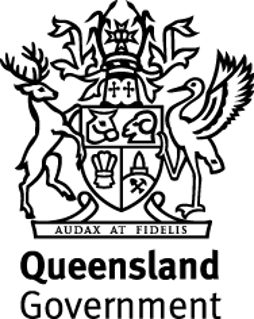|
|
Point source monitoringSome activities in Queensland have approval under the Environmental Protection Act 1994 to release water to the environment. These releases, often called point sources, are monitored by the approval holder for various water quality parameters and release volumes. The approval holders can also undertake monitoring of the surrounding environment. Monitoring requirements are stipulated in the approval – for more information on approvals refer to https://environment.desi.qld.gov.au/licences-permits.
Point source monitoring in Queensland is collected by the Water Tracking and Electronic Reporting System (WaTERS). Over 100 sewage treatment plants submit data to WaTERS. Program start date1/01/2000 Program end dateOngoing Objectives of the programObtain monitoring data from regulated activities under the Environmental Protection Act 1994 that involve release of water or monitoring of water in the receiving environment. Monitoring is collected by approval holders as required by environmental approvals and submitted electronically to the Water Tracking and Electronic Reporting System (WaTERS). WaTERS is being progressively implemented to different industry sectors in Queensland. Who is involved?Lead organisationDepartment of the Environment, Tourism, Science and Innovation Contact details of lead organisation: psd.help♲qld.gov.au Partner organisationDepartment of the Environment, Tourism, Science and Innovation List of parameters monitoredParameters will vary across activity type, size and locations. Monitoring of sewage treatment releases typically includes release volume (daily) and a range of water quality parameters such as biochemical oxygen demand (BOD), suspended solids, dissolved oxygen, pH, total nitrogen, total phosphorous and faecal coliforms. Scale of programState-wide Brief description of sampling locationsSampling and monitoring locations can relate to either a release to water or a release to land and typically have a code of RP, which stands for release point. Release to water involves a direct discharge to a waterway including creeks, rivers, estuaries, bays or ocean. The spatial locations presented typically relate to the point at which the pipe enters the environment, and is not necessarily the monitoring location. Release to land is generally via irrigation and sometimes referred to as land disposal. The spatial locations presented for release to land typically relate to the centre of the irrigation area, and is not necessarily the monitoring location. Frequency of monitoringFrequency may be daily, weekly, fortnightly or monthly. Release volumes and in-situs (pH, DO) are typically done daily while sample parameters such as nutrients are typically weekly. Where is the program reported?N/A DisclaimerPlease note that the information presented does not include all facilities in Queensland. The spatial location for both facilities and monitoring points may be inaccurate and should not be relied upon as the sole source of information. The list of parameters is taken from the relevant environmental approval. Not all of the listed water quality parameters may be monitored under all circumstances. Conversely, additional parameters to those listed may also be monitored for some locations. Pages under this sectionLast updated: 14 November 2019 This page should be cited as: Department of Environment, Science and Innovation, Queensland (2019) Point source monitoring, WetlandInfo website, accessed 8 May 2025. Available at: https://wetlandinfo.des.qld.gov.au/wetlands/assessment/monitoring/point-source-release/ |

 — Department of the Environment, Tourism, Science and Innovation
— Department of the Environment, Tourism, Science and Innovation



